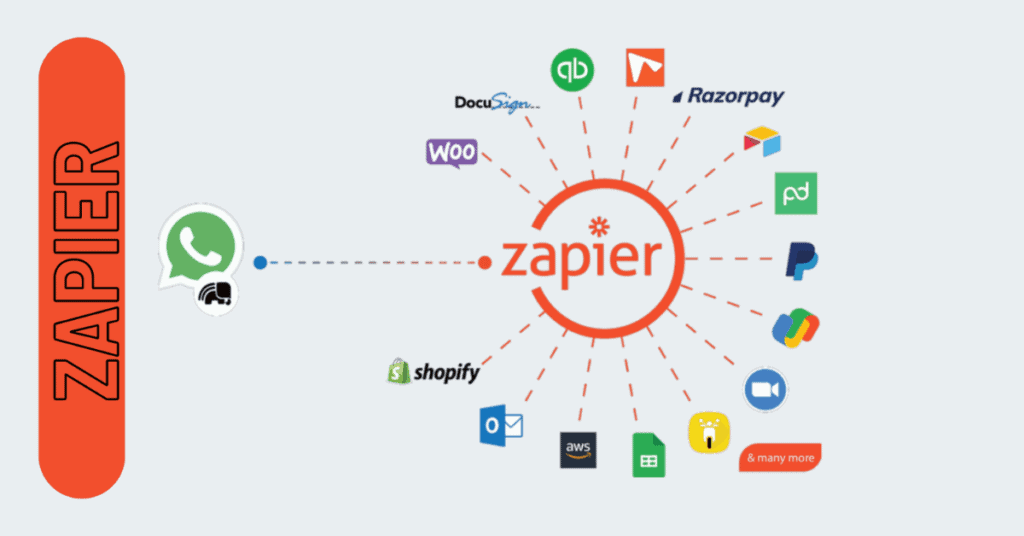Empowering Mental Health in Tech Industry: Dynamic Strategies to Combat Burnout
Tech: It’s Awesome, But It Can Fry Your Brain (Sometimes)🧠
Trust me or prove me wrong. 😅
Let’s face it, tech is pretty cool but mental health in tech industry is not always cool.🤬
New gadgets, groundbreaking ideas, and the constant hum of innovation – it’s exciting!
Being that said, let’s be honest, all this awesomeness can be a double-edged sword. Between the pressure to keep up, the never-ending deadlines, and the constant feeling of being “on,” it’s no surprise that mental health can take a hit in the tech world.
Ever felt totally burned out, cynical about your job, or like you just can’t focus anymore?
Yeah, that’s probably burnout. 🤝
In this post, we’ll crack open the tech industry’s mental health toolbox.
We’ll explore the signs of burnout, how to avoid it, and some tips for staying sane in this crazy, fast-paced world. So, buckle up and get ready to prioritize your well-being – because a healthy you is a happy, innovative you!

Table of Contents
Introduction
Understanding Burnout in the Tech Sector
The Importance of Promoting Mental Health in Tech Industry
Strategies for Combating Burnout in the Tech Workplace
Creating a Supportive Work Culture
Encouraging Work-Life Balance
Providing Mental Health Resources and Support
Implementing Stress Management Techniques
Recognizing Signs of Burnout in Oneself and Others
Addressing Stigma and Promoting Open Communication About Mental Health
Encouraging Self-Care Practices Among Tech Professionals
Offering Professional Development Opportunities and Career Growth Support
Leveraging Technology for Mental Health Support
Case Studies of Successful Mental Health Initiatives in Tech Companies
Challenges and Barriers to Promoting Mental Health in the Tech Industry
Overcoming Obstacles and Fostering a Healthier Work Environment
The Role of Leadership in Championing Mental Health Initiatives
Long-Term Strategies for Sustaining Mental Health Support in Tech Organizations
*** Conclusion: Prioritizing Mental Health for a Thriving Tech Workforce ***
In conclusion, promoting mental health in the tech industry is essential for creating a supportive and productive work environment where employees can thrive. By implementing strategies to combat burnout and prioritize mental well-being, tech companies can ensure the long-term success and happiness of their employees.
Frequently Asked Questions
What are some common signs of burnout in the tech industry?
How can tech companies create a supportive work culture?
What role does leadership play in promoting mental health initiatives?
What are some long-term strategies for sustaining mental health support in tech organizations?
How can employees prioritize self-care in the tech industry?
How does tech affect mental health?
Negative Mental Health Effects
Excessive tech use can cause mental health issues like anxiety, depression, and social isolation. Heavy social media use is linked to lower self-esteem and higher mental health risks.
















